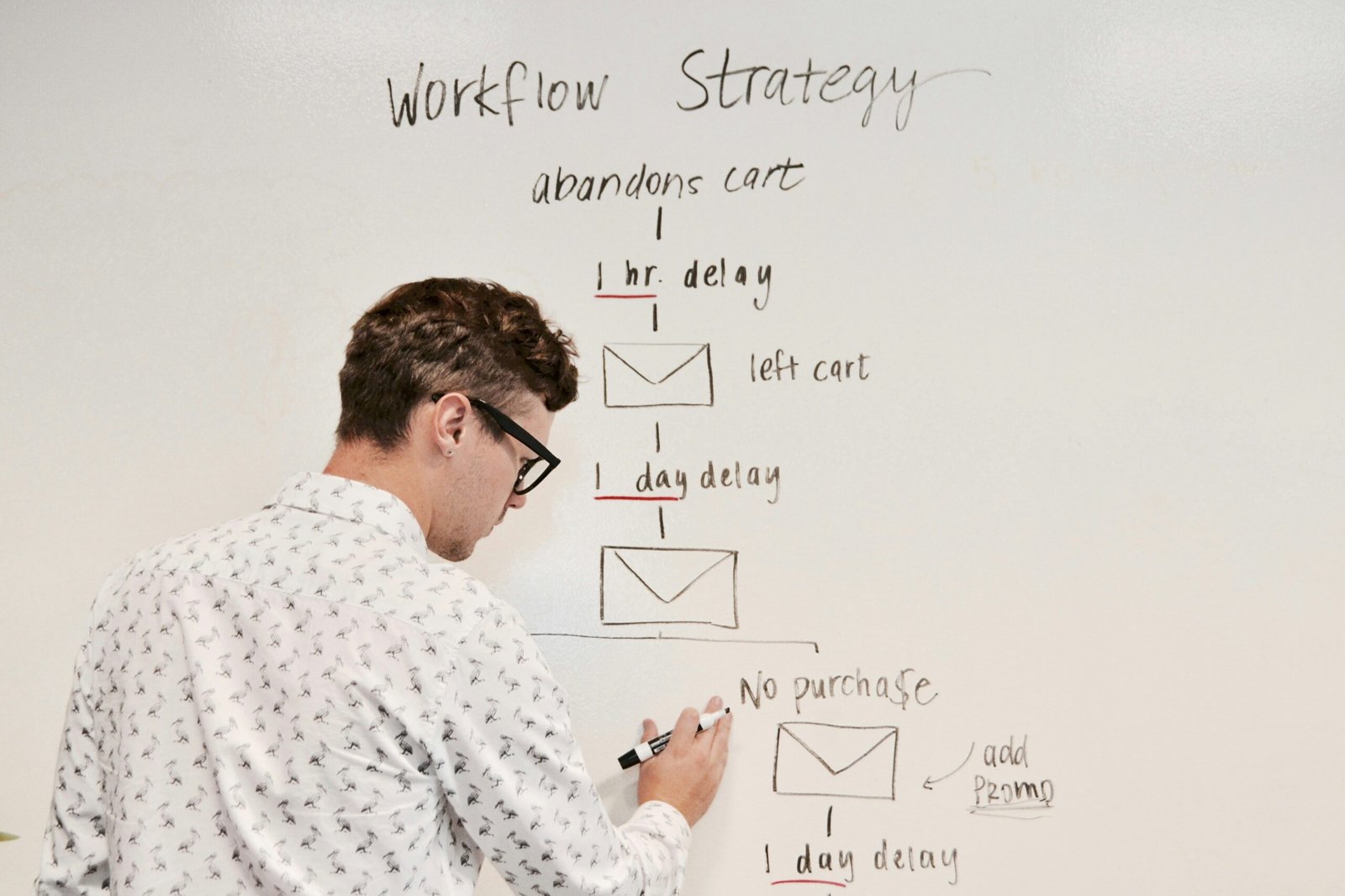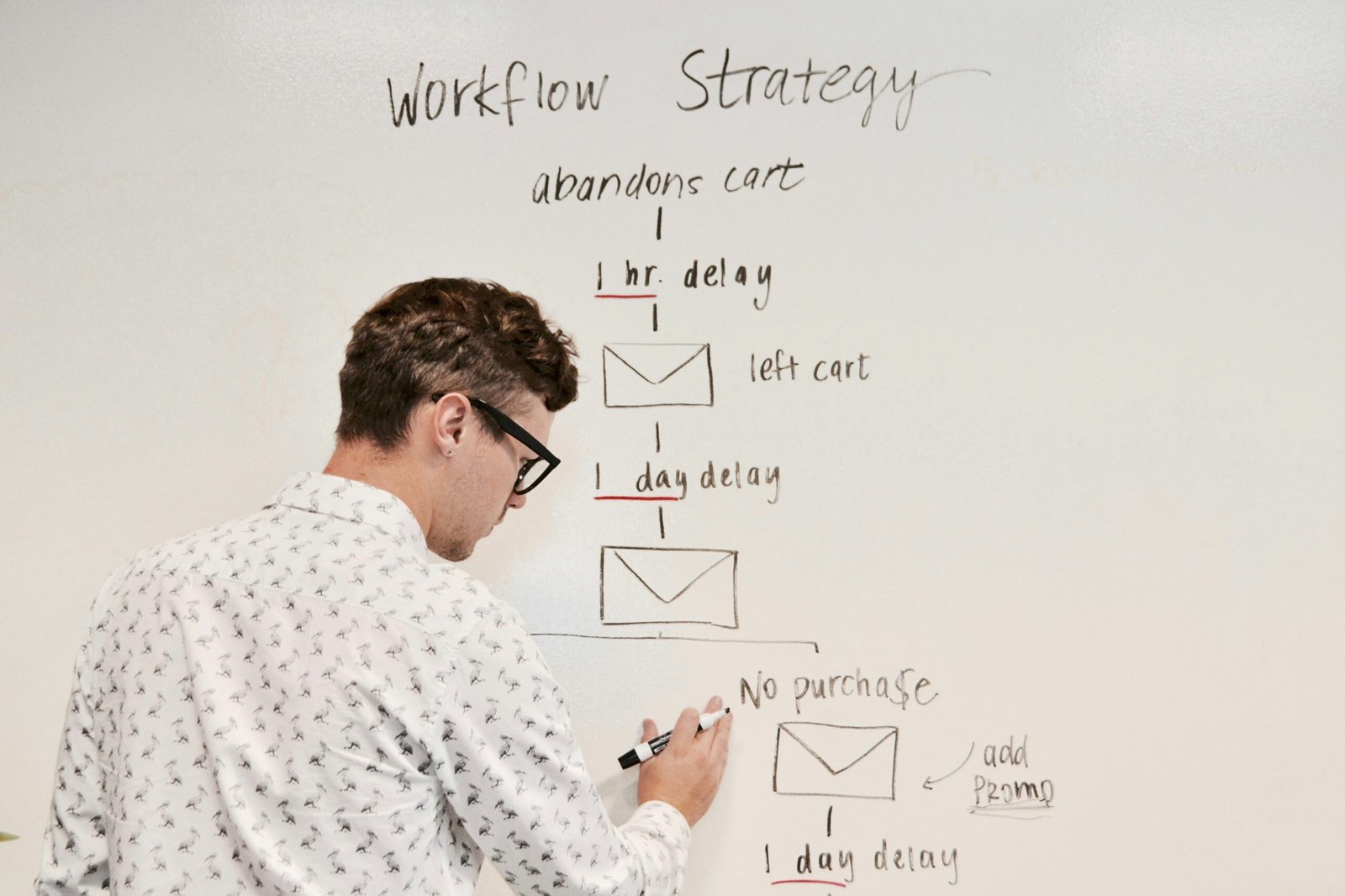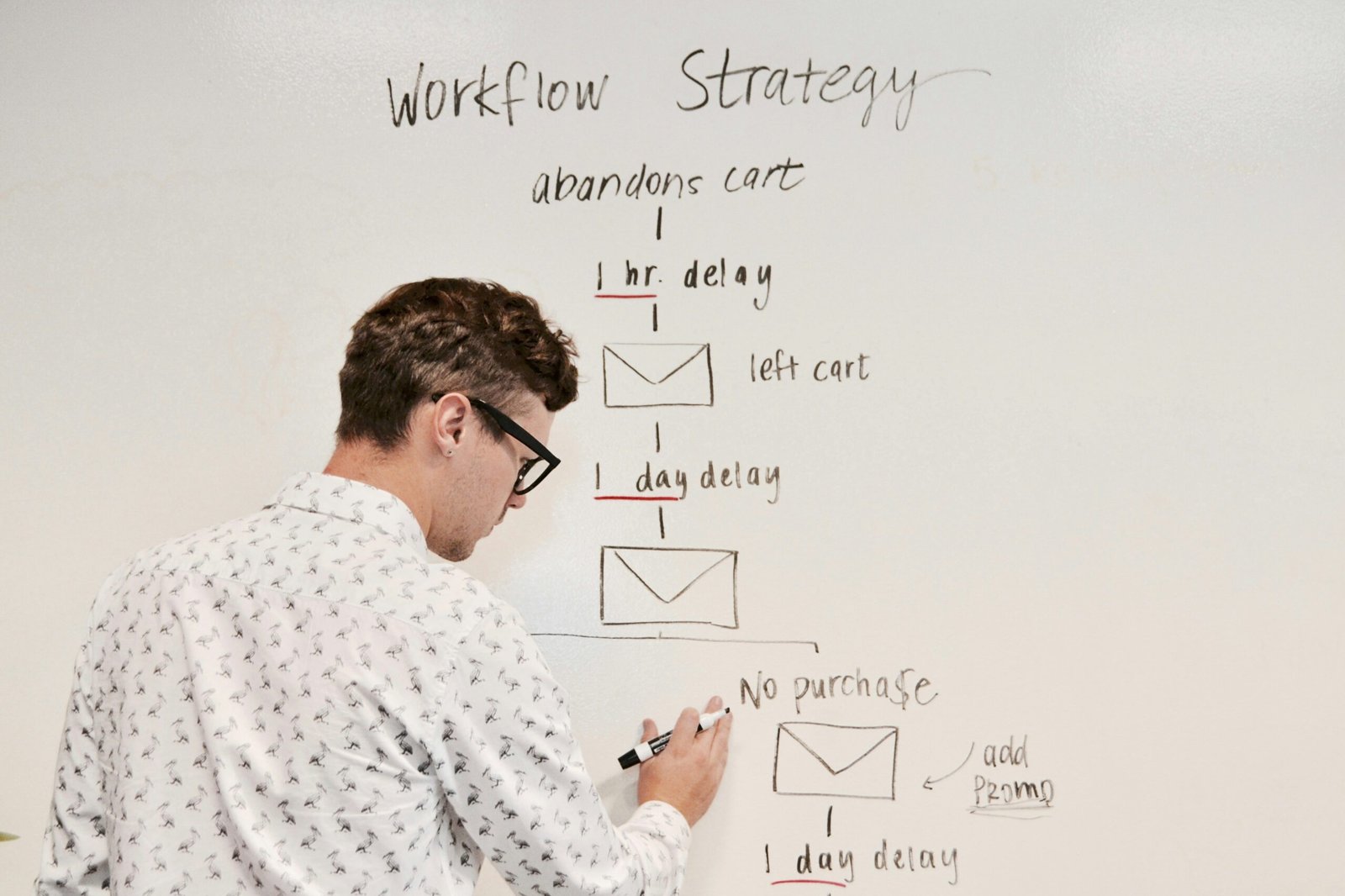B2B E-commerce Newsletter Best Practices
Introduction
In today’s digital age, newsletters have become an essential tool for businesses to engage with their audience and build lasting relationships. This holds true for both B2C and B2B e-commerce businesses. However, when it comes to B2B e-commerce, there are some unique best practices that can help maximize the effectiveness of newsletters. In this blog post, we will explore some of these best practices and how they can benefit your B2B e-commerce business.
1. Segment Your Audience
One of the key best practices for B2B e-commerce newsletters is to segment your audience based on their interests, preferences, and behavior. By dividing your subscribers into different segments, you can send targeted and personalized content that resonates with each group. For example, you can create segments based on industry, job title, or purchase history. This allows you to tailor your messages and offers to suit the specific needs and interests of each segment, increasing the chances of engagement and conversion.
2. Provide Valuable Content
Another important best practice is to provide valuable content in your newsletters. B2B buyers are often looking for information that can help them make informed decisions and solve their business challenges. By offering educational content, industry insights, case studies, and expert advice, you can position your brand as a trusted source of knowledge and build credibility. This not only increases engagement but also helps nurture leads and drive conversions.
3. Highlight Product Updates and Promotions
While valuable content is essential, it’s also important to highlight product updates and promotions in your B2B e-commerce newsletters. Your subscribers are interested in your products and services, so make sure to showcase new features, enhancements, and special offers. However, it’s crucial to strike the right balance between providing valuable content and promoting your products. Avoid being overly promotional and focus on delivering value to your subscribers.
4. Optimize for Mobile
With the increasing use of mobile devices, it’s crucial to optimize your B2B e-commerce newsletters for mobile viewing. Ensure that your emails are mobile-responsive, meaning they adapt to different screen sizes and devices. This ensures a seamless user experience and improves the chances of your subscribers engaging with your content. Additionally, keep your email design clean and simple, with clear call-to-action buttons that are easy to tap on mobile screens.
5. Test and Analyze
Testing and analyzing the performance of your B2B e-commerce newsletters is a crucial best practice. Experiment with different subject lines, email designs, and content formats to see what resonates best with your audience. Use A/B testing to compare different versions of your newsletters and analyze the results to optimize your future campaigns. Pay attention to open rates, click-through rates, and conversion rates to gauge the effectiveness of your newsletters and make data-driven decisions.
6. Personalize Your Emails
Personalization is key to B2B e-commerce newsletters. Address your subscribers by their names, and use dynamic content to tailor your messages based on their preferences and behavior. Personalization goes beyond just adding a name; it involves delivering relevant content and offers that align with each subscriber’s needs and interests. This level of personalization can significantly improve engagement and conversion rates.
7. Maintain Consistency
Consistency is important when it comes to B2B e-commerce newsletters. Set a regular schedule for sending out your newsletters and stick to it. This helps build trust and expectation among your subscribers, ensuring that they look forward to receiving your emails. Consistency also extends to the overall branding and tone of your newsletters. Maintain a consistent visual identity and voice that aligns with your brand, creating a cohesive experience for your subscribers.
Conclusion
B2B e-commerce newsletters can be a powerful tool for engaging with your audience, nurturing leads, and driving conversions. By following these best practices, you can maximize the effectiveness of your newsletters and achieve your business goals. Remember to segment your audience, provide valuable content, highlight product updates and promotions, optimize for mobile, test and analyze, personalize your emails, and maintain consistency. With these practices in place, you can build strong relationships with your B2B customers and stay ahead in the competitive e-commerce landscape.
Remember, the key to successful B2B e-commerce newsletters is to provide value and relevance to your subscribers. By understanding their needs and preferences, and tailoring your content accordingly, you can create newsletters that truly resonate and drive results.







